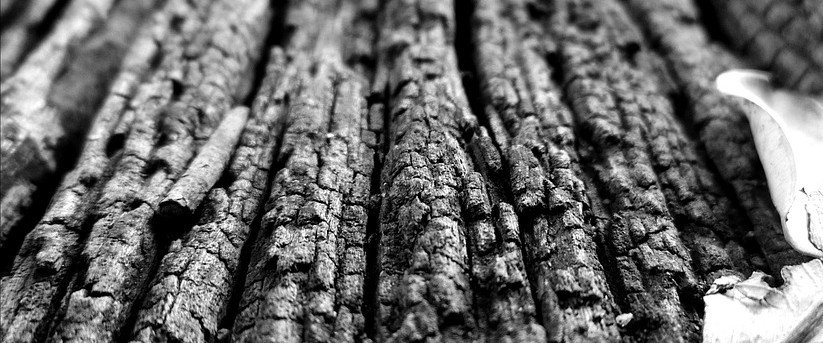Viscose CV
PROPERTIES OF VISCOSE RAYON
- general characteristics
Rayon as a cloth is soft and comfortable. It drapes well, which is one of the reasons it is so desirable as an apparel fabric. Most characteristics are variable depending on processing, additives and finishing treatments, not to mention fabric construction.
- absorbent
Rayon is the most absorbent of all cellulose fibers, even more so than cotton and linen. Because of this, rayon absorbs perspiration and allows it to evaporate away from the skin, making it an excellent summer fabric. Its high absorbency applies equally to dyes, allowing beautiful, deep, rich colours.
- enhanced stretch
It loses a great deal of strength when wet. Because of this, it stretches and shrinks more than cotton.
- abrasion resistance
Poor due to inelasticity of the fibers. It is easily damaged by scraping and will pill on the surface of the cloth.
- highly flammable
Because of its excessive flammability, it inspired the Flammable Fabrics Act. The FFA was enacted by the U.S. Department of Commerce in 1953 in response to public concern over a number of serious burn accidents involving brushed rayon high pile sweaters (referred to as "torch sweaters") and children's cowboy chaps which could easily catch fire and flash burn.
- static
No static build-up.
- chemically reactive
Because it is a cellulose fiber, it is damaged by even relatively weak acids.
Viscose Rayon has a silk-like aesthetic with superb drape and feel and retains its rich brilliant colors. Its cellulosic base contributes many properties similar to those of cotton or other natural cellulosic fibers. Rayon is moisture absorbent (more so than cotton), breathable, comfortable to wear, and easily dyed in vivid colors. It does not build up static electricity, nor will it pill unless the fabric is made from short, low-twist yarns.
Rayon is comfortable, soft to the skin, and has moderate dry strength and abrasion resistance. Like other cellulosic fibers, it is not resilient, which means that it will wrinkle. Rayon withstands ironing temperatures slightly less than those of cotton. It may be attacked by silverfish and termites, but generally resists insect damage. It will mildew, but that generally is not a problem.
One of rayon's strengths is its versatility and ability to blend easily with many fibers—sometimes to reduce cost, other times for luster, softness, or absorbency and resulting comfort.
Rayon has moderate resistance to acids and alkalis and generally the fiber itself is not damaged by bleaches; however, dyes used in the fabric may experience color change. As a cellulosic fiber, rayon will burn, but flame retardant finishes can be applied.
Below table compares characteristics of Cotton, Viscose and Polyester:
| material | cotton | viscose | polyester |
| moisture regain | good | very good | poor |
| thermal protection | good | very good | poor |
| air permeability | very good | good | poor |
| softness | good | very good | poor |
| smoothness | poor | good | very good |
| static dissipation | good | very good | poor |
| drape | good | very good | poor |
| luster | poor | very good | very good |
| crease recovery | poor | poor | very good |
| uniformity | poor | very good | good |
| antipiling | good | very good | poor |
| wash & wear | good | poor | very good |

